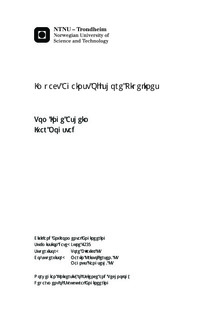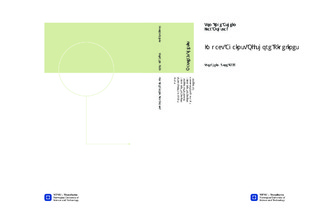| dc.description.abstract | Impact against offshore pipelines is investigated in this thesis. Introductory low velocity experiments on pipeline specimens using the stretch bending rig at the Department of Structural Engineering, NTNU, were carried out. A wedge shaped indenter, previously used for impact tests on similar pipelines, were used to subject pipes to bending. The experimental set-up allowed for application of axial loads and inner pressure to pipes during bending. This thesis is a continuation of three previous master's theses and is part of a ongoing research program between CRI-SIMLab, NTNU, and Statoil ASA.Three pipes were tested in the stretch bending rig while being subjected to different axial loads during bending. The pipes were first bent at a low velocity of 25$mm/min$ before being stretched. A slight relative rotation of the connection between the pipe and the rig was discovered for experiments with applied axial loads. This affected the measurements. Surface cracks were discovered in the indentation zone for all pipes after stretching. Experiments involving pressurized pipes were planned, but were not conducted due to issues with pipe delivery. Numerical analyses were performed using Abaqus/Explicit. Material models calibrated in previous theses were used, and implemented in numerical models using SIMLab Metal Model. Simulations corresponded well with the bending step of the pipes, but the stiffness was overestimated by numerical analyses of the stretch step. Numerical analyses revealed that pipes subjected to axial loads during bending experienced less strain in the critical area of the indentation zone, where cracks occurred in the experiments.The indentation zones of the pipeline specimens were studied metallurgically. It was discovered that surface cracks initiated in lathing grooves that originated from the lathing process of the pipes. No significant internal fracturing was discovered. The results were compared to findings from a similar study on pipes subjected to impact loading. It was found that the bending experiments with subsequent stretching failed to recreate the same fracture mechanisms as discovered in impacted pipeline specimens. | nb_NO |

